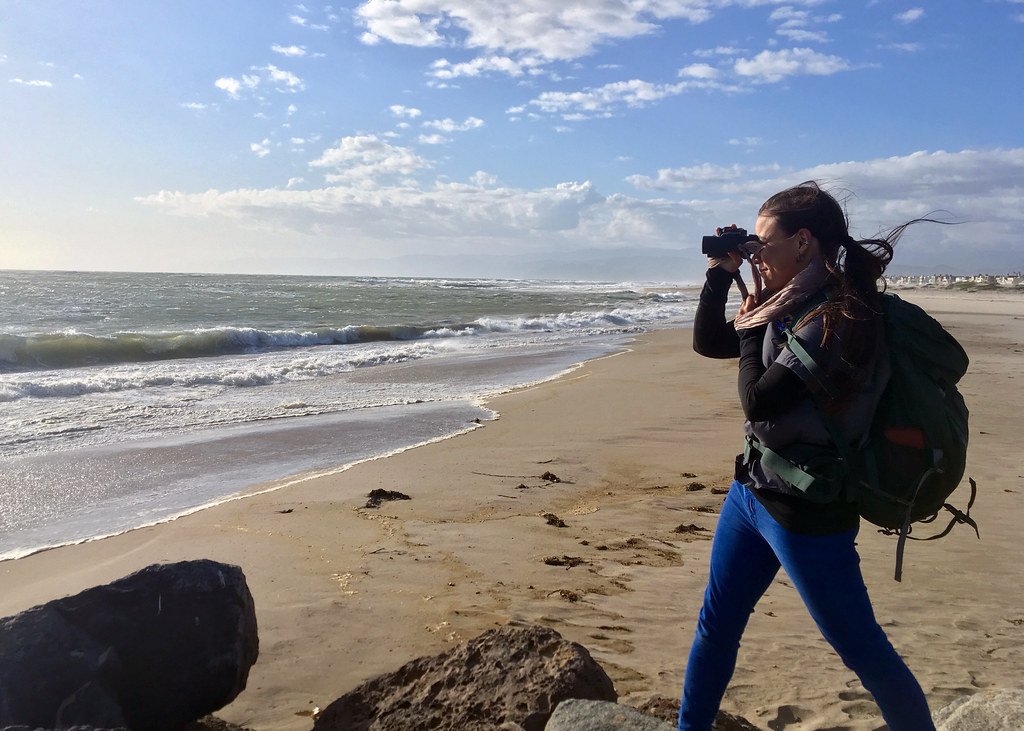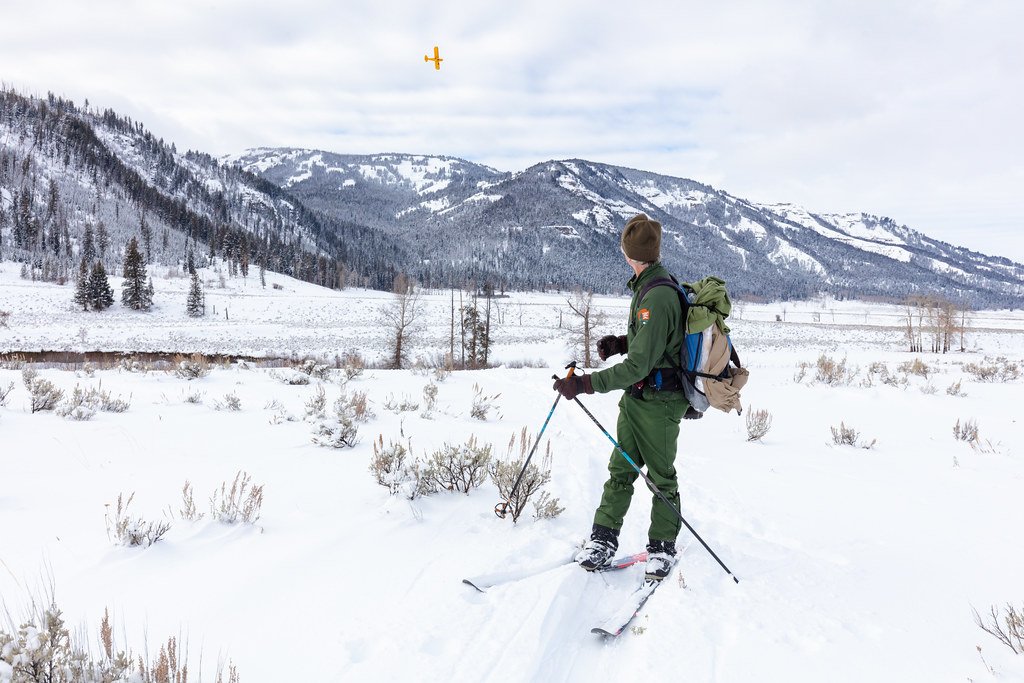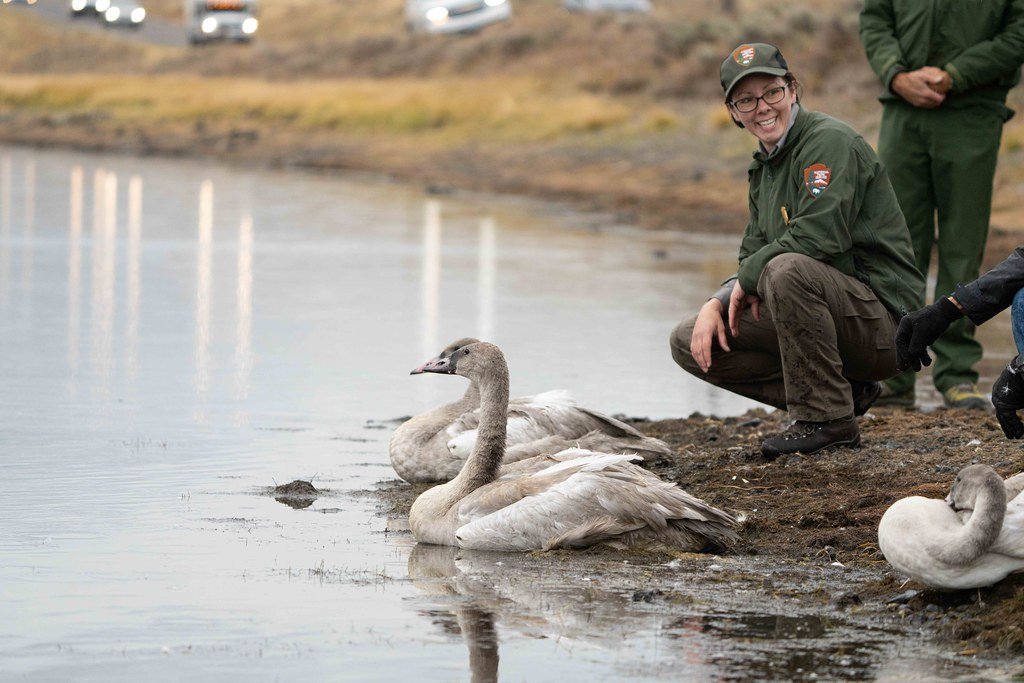Wildlife biology is a captivating field that combines the thrill of outdoor adventures with the intellectual challenge of scientific research. Individuals in this career pathway are dedicated to understanding and preserving the planet’s diverse ecosystems and the animals that inhabit them. But what does it really take to become a wildlife biologist? This article explores the education, skills, and day-to-day responsibilities of professionals in this field, offering a glimpse into the career paths and rewards of working with wildlife.
Educational Requirements

A crucial step in becoming a wildlife biologist is obtaining the necessary education. Most aspiring wildlife biologists start with a bachelor’s degree in biology, ecology, wildlife management, or a related field. Coursework typically includes subjects like ecology, animal behavior, genetics, and conservation biology, forming a foundation of knowledge essential for further study and research.
While a bachelor’s degree can open some entry-level positions, many wildlife biologists pursue advanced degrees. A master’s degree or Ph.D. allows for specialization in a specific area, such as ornithology (study of birds) or herpetology (study of reptiles and amphibians), and can lead to opportunities in research, academia, and high-level management positions.
Essential Skills and Qualities

Beyond formal education, wildlife biologists need a diverse skill set to succeed. Analytical skills are crucial, as biologists must collect and interpret data from fieldwork and laboratory experiments. Proficiency in statistical software and geographic information systems (GIS) is often required to analyze complex data and map animal habitats.
Physical stamina is another important trait, as wildlife biologists often conduct fieldwork in challenging environments, from dense forests to arid deserts and polar regions. Strong observational skills and an attention to detail are necessary when studying animal behaviors or monitoring populations.
Communication skills are also vital. Wildlife biologists frequently collaborate with colleagues, write scientific reports, and share findings with the public or policymakers. The ability to convey complex scientific ideas clearly and persuasively is a key part of the job.
Career Paths and Opportunities

The career path of a wildlife biologist can be as diverse as the natural habitats they study. Some work for government agencies, such as the U.S. Fish and Wildlife Service or state conservation departments, where they may develop and implement conservation policies. Others work in academia, conducting research and teaching the next generation of wildlife scientists.
Non-profit organizations and environmental consultancies also employ wildlife biologists to address conservation challenges and assess human-wildlife interactions. Opportunities for international work abound, with organizations such as the World Wildlife Fund and research projects in biodiversity hotspots worldwide seeking skilled wildlife biologists.
Challenges and Rewards

While the work of a wildlife biologist can be incredibly fulfilling, it is not without challenges. Fieldwork often involves long, irregular hours in potentially harsh conditions. Funding for research can be competitive, and communicating the importance of conservation efforts to the public and policymakers can be difficult.
However, the rewards of the job can be immense. Wildlife biologists have the opportunity to make tangible impacts on conservation efforts and contribute to scientific knowledge. They work on the front lines of environmental preservation, ensuring that the richness of Earth’s biodiversity is sustained for future generations.
Conclusion

Becoming a wildlife biologist requires a rigorous educational background, a diverse set of skills, and a passion for understanding and conserving wildlife. For those drawn to science, nature, and adventure, this career offers a path that is both challenging and rewarding, allowing individuals to make a significant difference in the world of animal science and environmental conservation.



